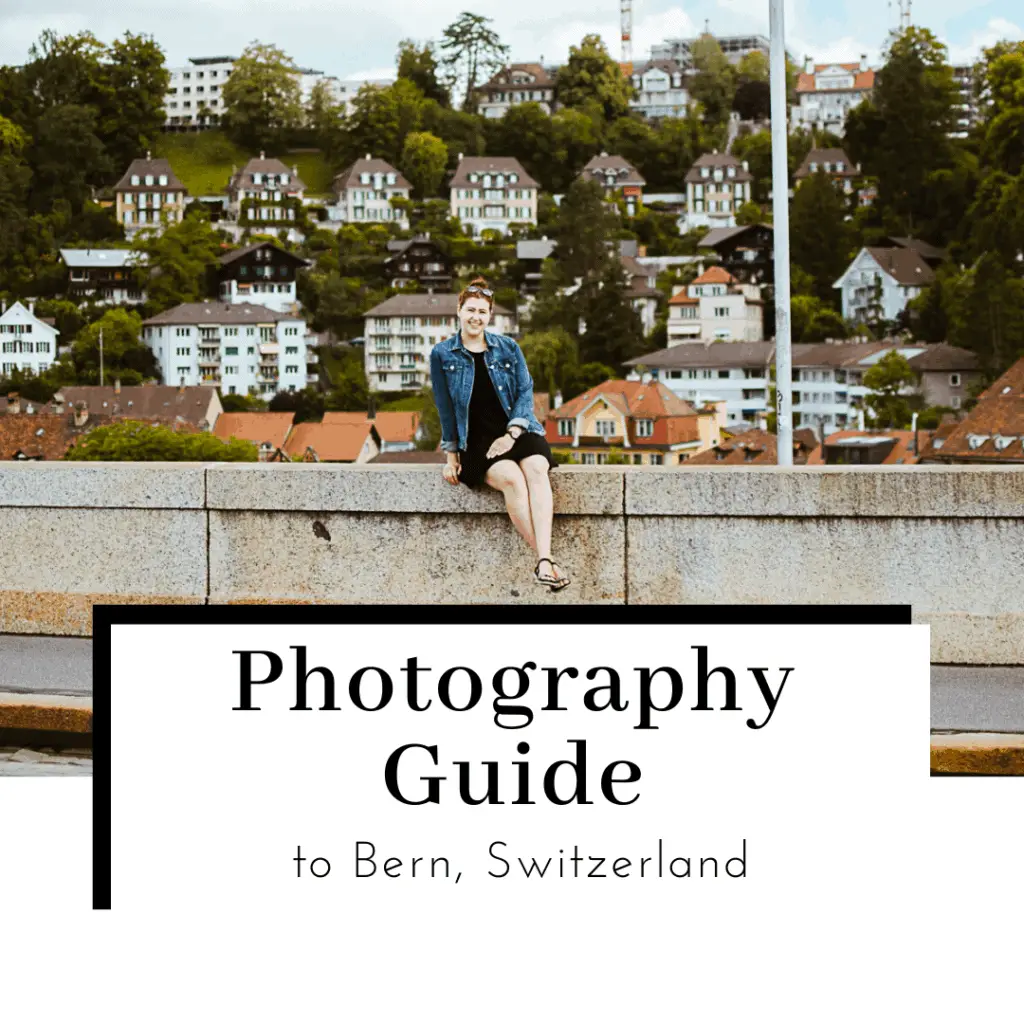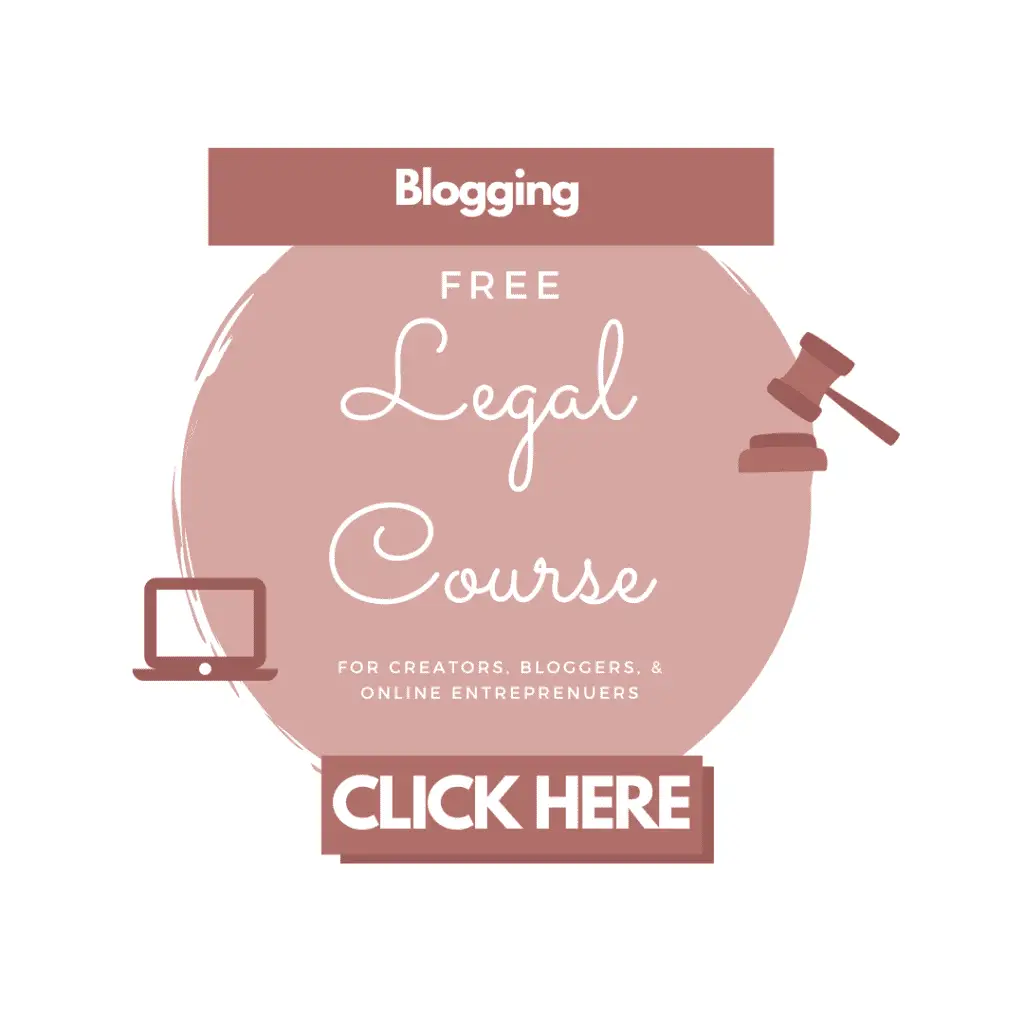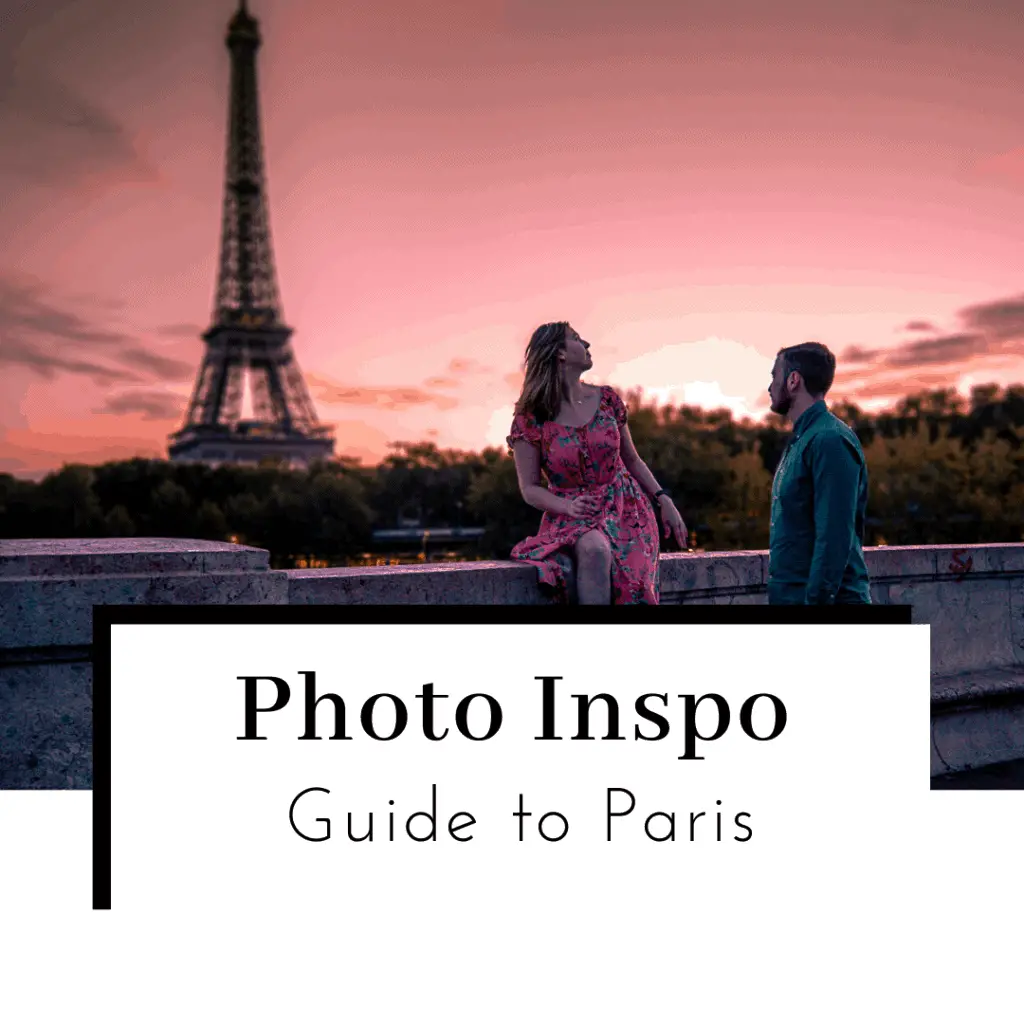One of the best and most nerve-wracking moments as a photographer is someone reaching out to see if you could do a new type of shoot for them.
As experienced as you may be behind the camera, knowing what’s appropriate to charge can be quite tricky. Situations will differ by the type of product and what the client requires.
But don’t panic!
In this guide, we’ll walk you through product photography pricing so that you can start earning.
Read More: How Camera Design Can Influence Your Creative Vision and the End Product
Equipment Cost
When determining product photography pricing, take into account the cost of your equipment. Are you shooting on a high-end DSLR or mirrorless, or are you working from a point and shoot?
The more expensive your camera bodies, lenses, and lighting setup are, as well as any additional materials you may need specifically for the shoot, the more you’ll need to charge to make a profit.
Read More: What’s in Our Camera Bag
Cost of Labor
As the saying goes, time is money.
How long will it take you to do the shoot and then edit photos? This will depend on the product and what type of photos a client is looking for.
If they need a standard stock image photo of their product on a white table, this will likely take you less time than styling and shooting a dinner table scene.

Cost of Running Your Business
Do you pay accountants, assistants, marketing costs, rent, or subscription fees to software? These are just a few of the fees that can add to the cost of running your business and are factors you need to consider when pricing.
The more money you pay to keep your business afloat means you can charge more. However, you can’t charge outrageous fees and provide mediocre photos or services. It should be evident to your client why your prices are high when they come into your studio.
Look at Your Competition
One of the best ways to determine product photography costs is to look at your competition. If you can look at their rates and either charge less than them or offer superior services while still being well-priced, you’ll set yourself up nicely to get new clients.
Think About Your Experience
If you’re new to product photography, it’s worth considering taking on a small job for free or for a low price, in exchange for the use of the photos in your portfolio, However, if this is the route you take, be sure to make it clear what services you’ll provide for free in your contract.
One of the best things about product photography is that it’s easy to build your portfolio. Once you’ve learned how to create the perfect product photo, you can begin photographing products that you already have around your house.
Did you order a new lens recently? Take some photos during the unpacking process.
Make something stunning for dinner? Grab your lights and showcase your food styling ability.
The possibilities are endless!




Charge by Time
If you charge by time, it does make it easier to calculate your hourly rate:
Amount of money you want to make per year + business costs per year
How many hours do you want to each year
For example, if you want to make $30,000 every year, your business costs $5,000 to operate each year, and you want to work 1,040 hours per year (20 hours per week), your calculation would follow:
30,000 + 5,000
1,040
This ends up being about $34/hour.
Charging by the hour can be a bit confusing because then, your client doesn’t know what the price of your work will be upfront. Consider using this calculation to create packages or estimates for the client.
Create Packages for Clients to Choose From
Packages are likely going to be the best option, because not only will it cut out the need to keep track of time spent on the project, but you can also vary the packages to offer different services or to shoot different products. With various options to choose from, clients will feel like they have more of a say in the process.
Consider package combinations that include some or all of the following elements:
- Unstyled stock photo with a clean background (black or white)
- Styled stock photo
- Styled stock photo with a model
- Lifestyle images
- Number of images included
Also, take into account the size of the product. Larger and heavier products will require more space and time to set up and appropriately style, and therefore, you can charge more.
You should also consider package pricing based on what clients will use the images for. You can charge more if you completely give the rights to the photo, but if you want the option to sell the photo to another party in the future, you’ll likely charge less to keep those rights.

Don’t List Your Prices
If setting up packages with specific conditions sounds way too complicated, you can always experiment as you go. Many photographers don’t list prices outright on their website.
If you’re torn about whether or not to post your prices, give a price range, but make sure clients know that they need to contact you directly for a quote.
Ask the client questions like the product’s size, weight, and setup, as well as what type of photos the client is hoping to receive.
Then, ask yourself how long the process will take and refer back to the charging by hour section to get a rough idea of how much to charge.
Product Photography Pricing Takeaways
Someone’s looking to hire you as a professional product photographer and although pricing can be complicated, don’t overthink it!
Let’s go through a few main takeaways about product photography pricing to give you a jumping-off point.
Determine your price by:
- The price of your competition. If you can charge less than your competition and advertise yourself more, you’re off to a promising start.
- Your level of experience. The less experience you have, the less money you can charge. However, if you do need more experience, low prices in exchange for portfolio use can be a good opportunity.
- Different conditions for each product. Depending on the product size, weight, style, or setup required, you’ll likely need different pricing options.
- Take it, client, by client. Each product you shoot will be different. Ask specific questions about what your client’s product is and what types of images they want before naming a price.


What Camera Gear Do We Use?
- Camera body: Nikon d750
- Phone: iPhone 13 Pro
- Favorite Multipurpose Travel Lens: 24-120mm f/4
- GoPro: GoPro Hero 8
- Drone: DJI Mavic Air is no longer available so we recommend the DJI Air2S
- Camera Bag: Wandrd Prvke 31L
- Tripod: ESDDI Aluminum Tripod
If you want the full list of things we keep in our camera bag, check out the complete guide or browse our photography guides.
Free Resources





Get in Touch
If you’re in need of a photographer, get in touch! We would love to help you meet all of your photography goals this year. You can read more about how we can work together here. Be sure to check out our portfolio while you’re at it.
If you’re a photographer and are looking to improve your skills, be sure to check out the posts linked below!




Pin It for Later




And as always, you can find more sustainable travel content on Instagram @VoyagingHerbivore, Youtube, and TikTok and to get updates straight to your inbox, enter your email below.
If you found this guide helpful and want to help us keep these resources free,
please consider making your next Amazon, Expedia, Hostel World, Etsy, Trivago, and Booking.com purchase through our links (just click right on those words – you can do it right now and unless you clear your cookies before your next purchase, it will remember). It costs you no extra and gives us a small commission. Thank you!





Leave a Reply